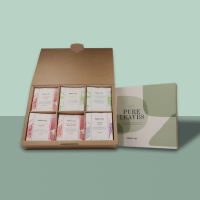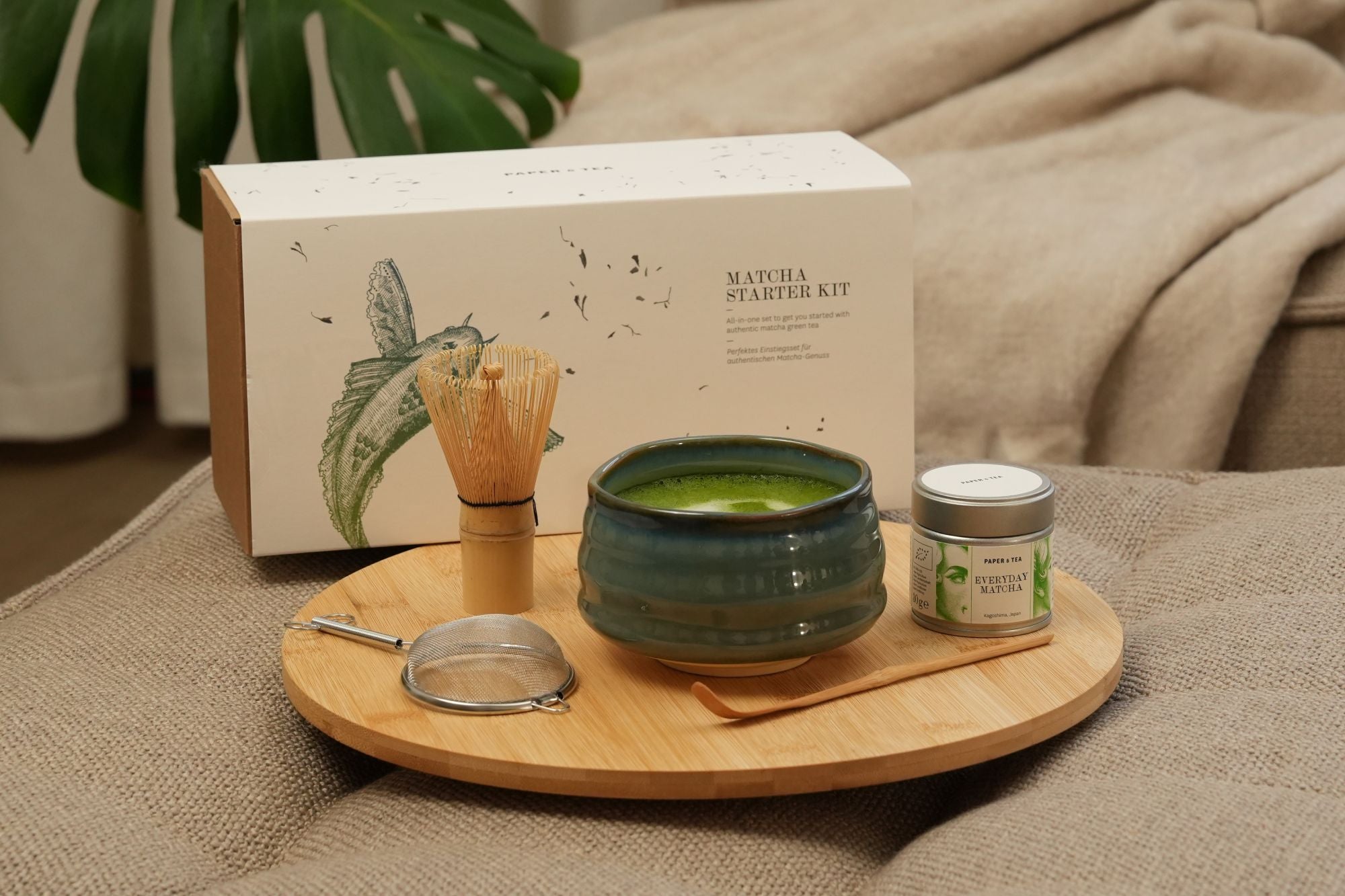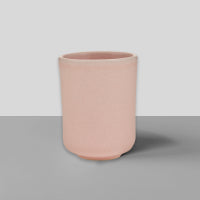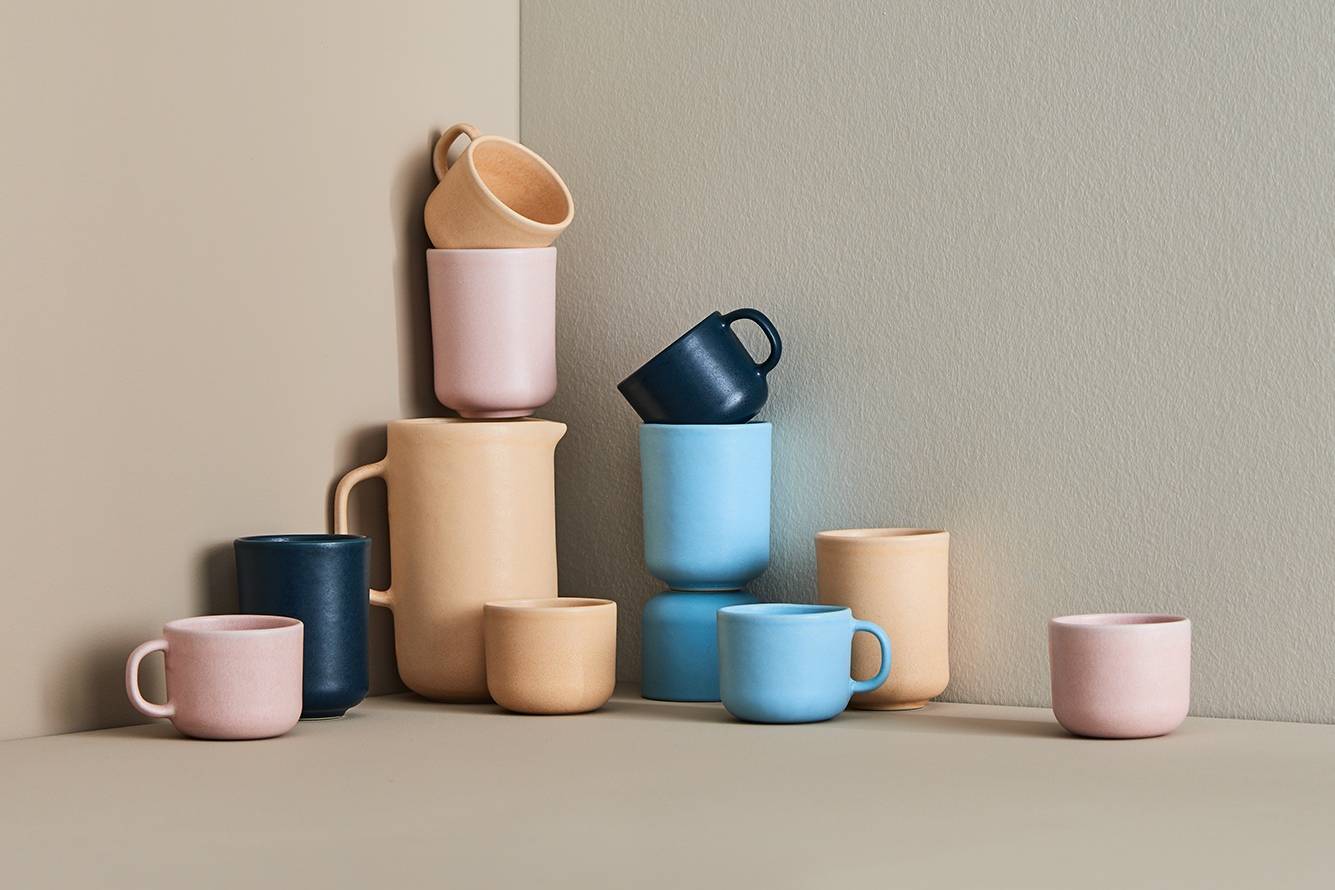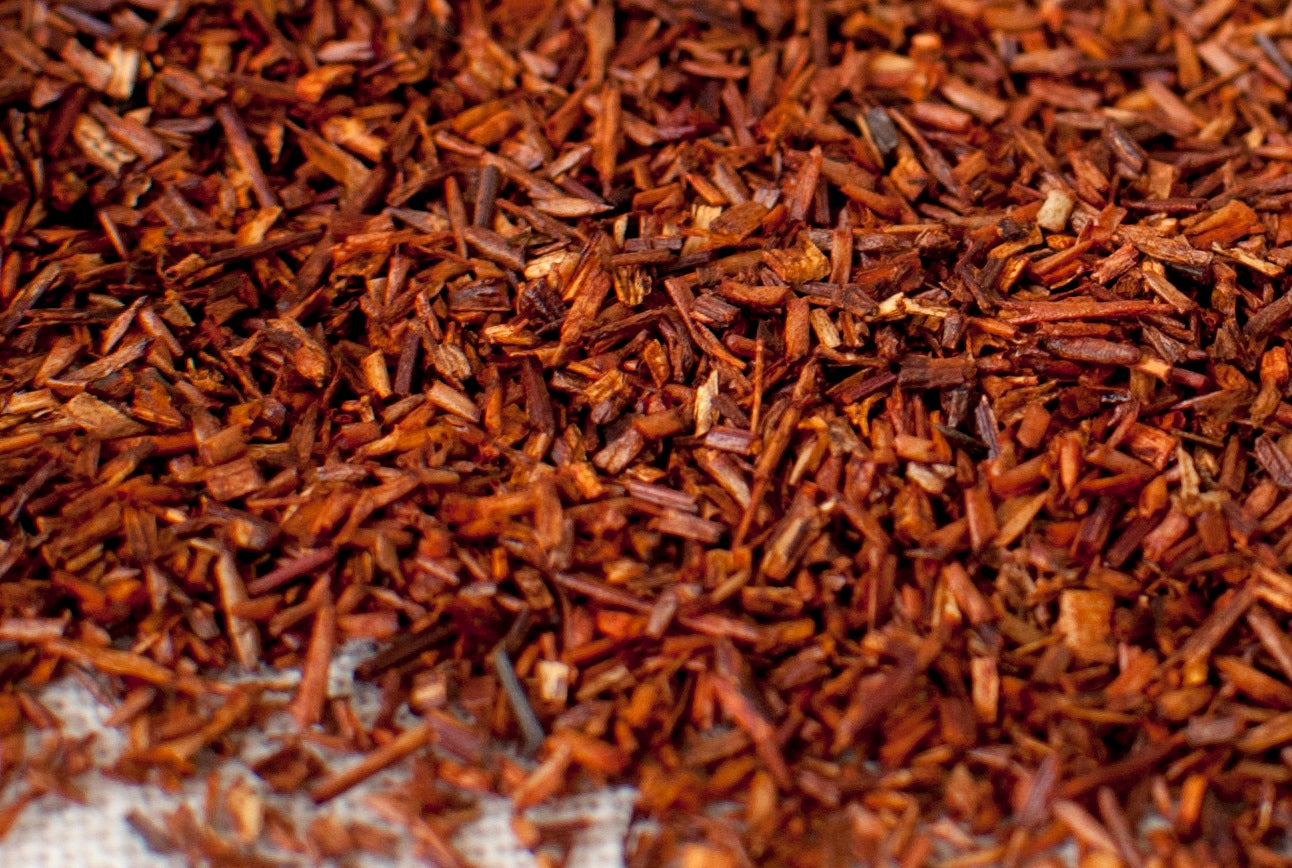Description of Blue Tea
The Butterfly Pea plant, native to Southeast Asia, now thrives in subtropical to tropical climates worldwide. Clitoria ternatea is commonly used both as a climbing ornamental plant in gardens and greenhouses and in culinary applications, thanks to its natural blue pigment, which is prized for a variety of beverages and other culinary creations. Preparing it as tea is particularly popular in Southeast Asia. However, within the European Union, Clitoria ternatea is classified as a "novel food" and cannot be sold as a food product. It is only approved for use as an ingredient in dietary supplements.
Historical Background
In its countries of origin, including Thailand, Vietnam, Indonesia, and Malaysia, blue tea, known as "Anchan" in Thai, has been enjoyed for centuries. It is often served cold with lemon for a refreshing touch. Traditionally, the Butterfly Pea plant has been used as a medicinal herb, with various health benefits attributed to it. Its vibrant blue color has led to increasing international popularity in recent years. Today, blue tea is used in many modern kitchens and bars to create visually striking beverages and dishes.
Fascinating Facts about Blue Tea
Blue tea is famous for its intriguing color-changing ability, especially its remarkable reaction to changes in pH levels. For instance, when prepared with lemon juice, it transforms from a vibrant blue to a brilliant pink. This dramatic response to acidity makes Clitoria ternatea a visual standout, particularly in culinary applications. The striking color shift is due to anthocyanin pigments, also found in other blue, red, and purple flowers and fruits. These pigments change their molecular structure in response to acidity, creating this impressive color transformation.

